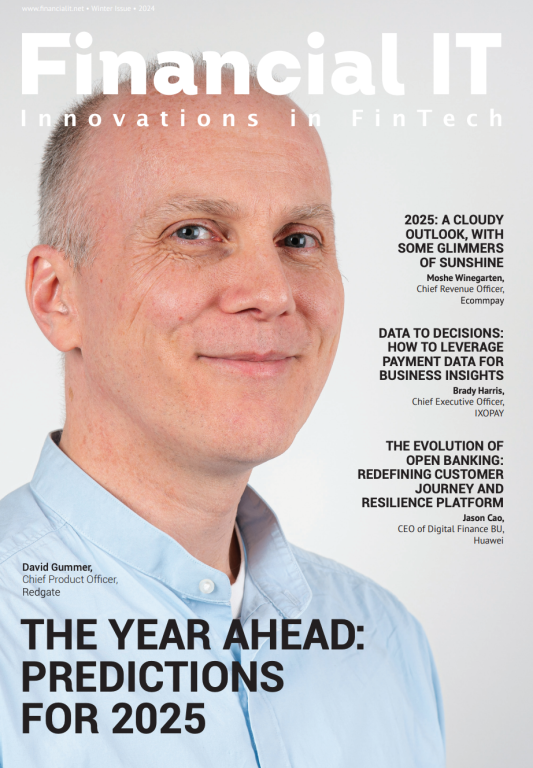ATTUNE Partners With Finastra to Accelerate Digital...
- 13.02.2025 03:15 pm
Way.com's Recapture Program Is Revolutionizing...
- 13.02.2025 12:05 pm
Canopy Servicing and Moov Partner to Transform Loan...
- 13.02.2025 11:55 am
The Nordic Fintech Bringing Buy Now, Pay Later to B2B...
- 13.02.2025 11:50 am
Third of Contractors Already Reliant on Credit as 1.1...
- 12.02.2025 10:35 am
Mambu Partners With Good Money By GSB, Launching Its...
- 11.02.2025 09:35 am
Froda and Lunar Expand Embedded SME Lending...
- 11.02.2025 08:35 am
1 in 8 Brits Turned to BNPL for the First Time Last...
- 04.02.2025 09:45 am
Algebrik AI And Plaid Join Forces To Simplify Loan...
- 03.02.2025 04:25 pm
Bain Capital Joins Versana, Accelerating Modernization...
- 28.01.2025 03:50 pm
NettyWorth Launches AI-Powered Loan Protocol with $...
- 24.01.2025 03:15 pm
PayCaptain Funded £10M of Free Wage Advances to...
- 24.01.2025 01:25 pm






















